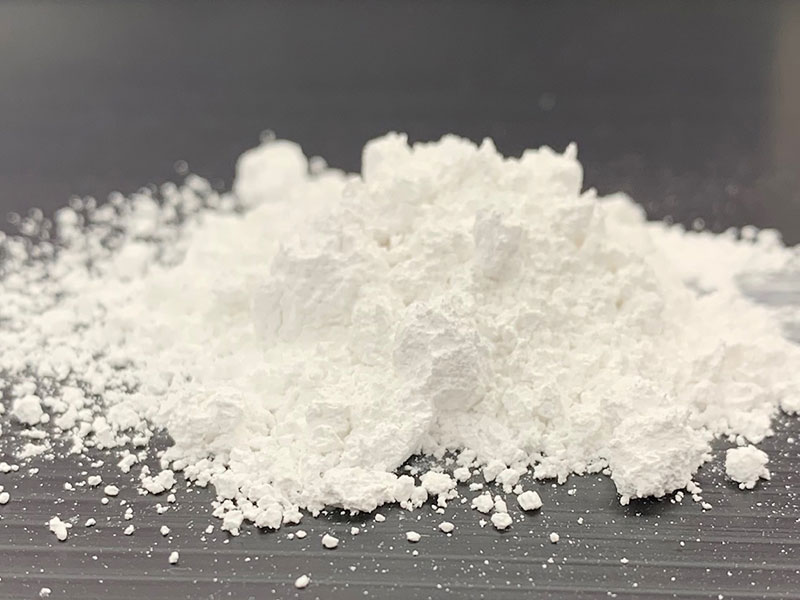How much fineness is suitable for talc powder for plastic reinforcement and modification?

Plastic reinforcement modification is an important application field of talc, especially for polypropylene modification in the automotive and home appliance industries. Micronization is the development trend of talc products. The change trend of talc powder fineness (d50) used for enhancement and modification is as follows: in the 1980s, it was mainly 10-15µm, in the 1990s, it was mainly 8-10µm, and in 2000, it was mainly 5-10µm. , currently in the range of 3.5 to 7 µm.
Generally speaking, the finer the product, the better the enhancement effect, but the cost increases, and at the same time, it is easy to agglomerate, and it is difficult to process and use. It is necessary to choose a product with an appropriate fineness according to its own level of dispersion technology and the expected performance of the product, and it is not necessarily the finer the better.
The evaluation of the particle size of a talc product cannot be based only on the average particle size d50. The average particle size does not characterize the particle size distribution of the product, nor does it characterize the maximum particle size. The evaluation requires at least two indicators, the average particle size d50 and the maximum particle size d98 (or d100). The size and amount of coarse particles have a significant adverse effect on the mechanical properties of the product and need to be strictly controlled.
In recent years, with the application of electric vehicles, the thin-walled and low-density automotive plastic parts have higher requirements for the rigidity of modified plastics and the filling amount of talc. 3000-5000 mesh ultra-fine talcum powder is increasingly used in thin-walled and high-rigidity modified plastic products, especially automotive bumpers with a thickness of 2mm. The mainstream products in this field include Imerys’ Jetfine, Liaoning Aihai’s HTPultra5L and other products. Relying on high-purity raw materials and swirl grinding process, the ultra-fine powder retains the talc flake structure better, which can increase the flexural modulus by 10% to 15% and reduce the talc filling amount by 5% to 6%.
One disadvantage of fine-mesh talc is its small bulk density, difficulty in direct mixing, low yield, and dust pollution. In recent years, the new technology of exhaust compression has been adopted to improve the bulk density. The density of 1250-5000 mesh powder before compression is 0.25-0.15, and it can reach 0.70-0.45 after compression, and the dispersion is basically unaffected. The exhaust compression can also significantly reduce the amount of air brought into the extruder by the talc powder, reduce the residence time of the material in the extruder, and help improve the anti-aging performance, and the yield can be increased by 15% to 25%.
